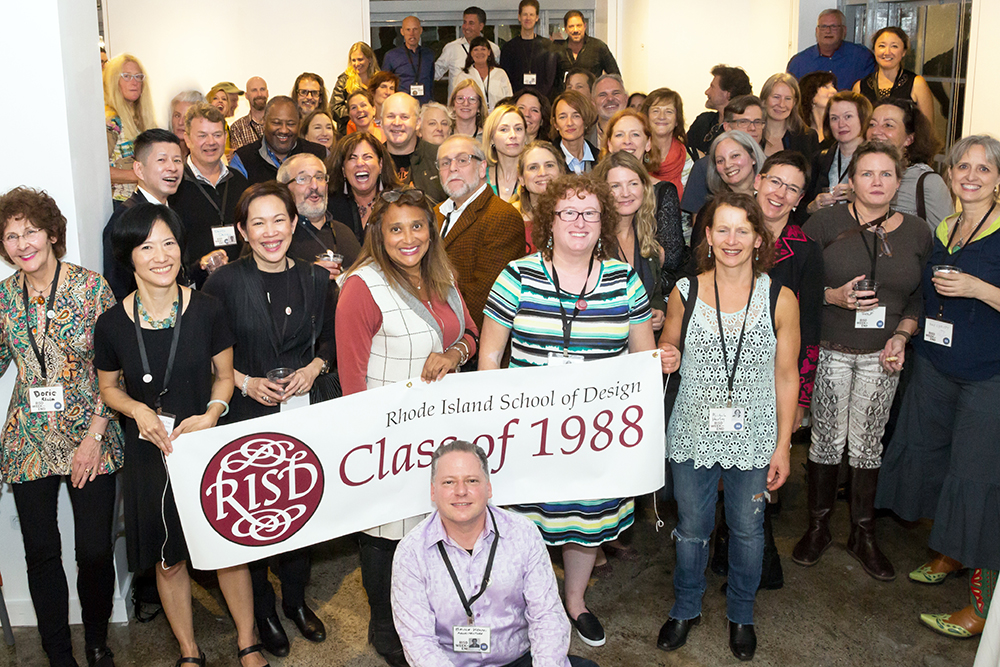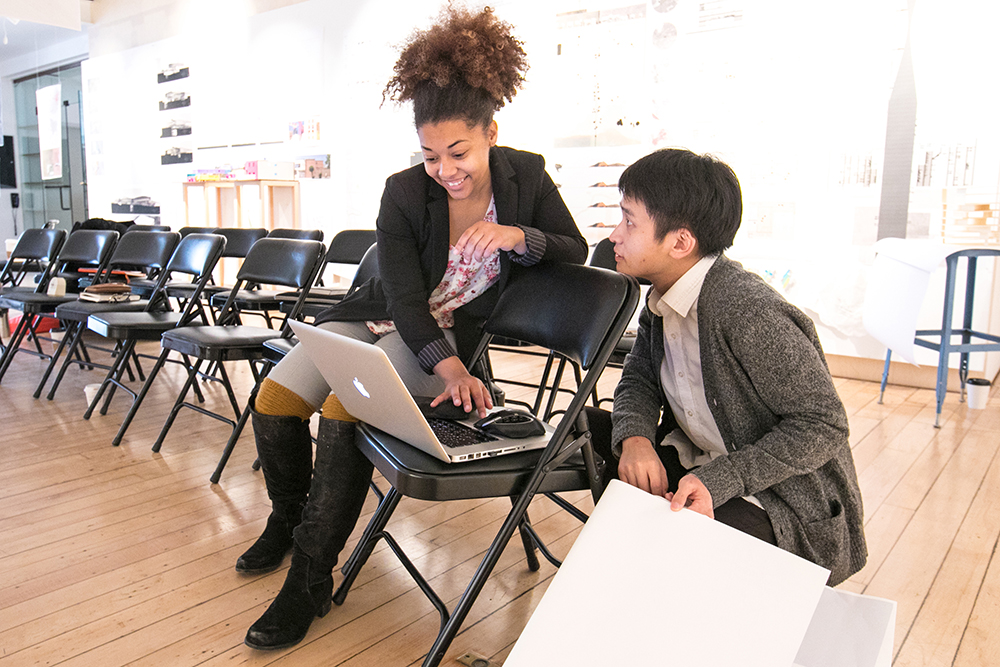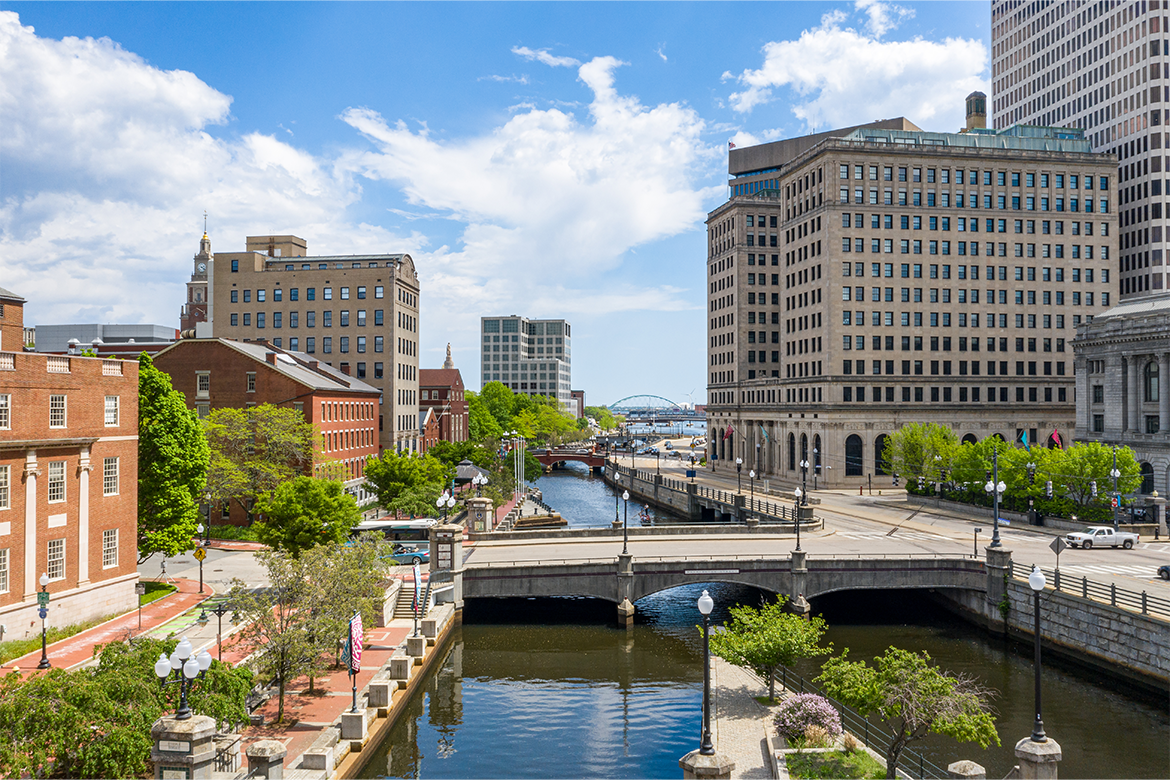
Self-guided tour of campus
Take a trip down memory lane or journey along a road to new discoveries with a self-guided campus tour!
View our map and explore RISD's campus. We have some suggestions for must-see spots along your tour.
Carr House

Where: 29 Waterman Street
This Queen Anne-style house was built in 1885 by Edward I. Nickerson. The building was purchased by RISD in 1916 and has served a variety of roles for the school, most recently as a student cafe named Carr Haus. In 1973 it was saved from demolition by Professor Michael Fink and added to the National Register of Historic Places.
RISD Museum
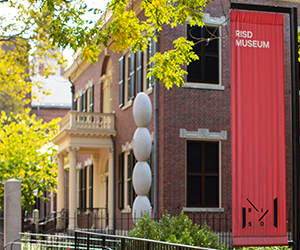
Where: 20 North Main Street
Established in 1877 as part of a vibrant creative community, the RISD Museum, stewards works of art representing diverse cultures from ancient times to the present. Since its founding, the museum's collection has continued to grow and currently contains more than 100,000 works of art and design dating from ancient times to today. Of these objects, 2,207 of them are on view in the museum now. 82,749 of them are available online. There are 753 recent acquisitions.
The Quad
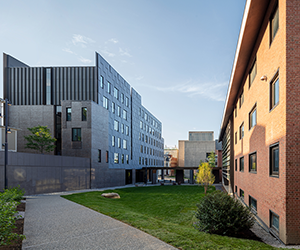
Where: 55 Angell Street
The first-year dorms, collectively referred to as The Quad: East (built 1985), Homer (1957), Nickerson (1957), North (2019), and South (1985) Halls. In addition to the residence halls, this area also houses Public Safety, the Fitness Center, the Residence Life office, and RISD’s main all-you-can-eat dining facility, The Met (aka the Metcalf Refectory). In 2017, RISD worked with NADAAA, a Boston-based architecture and urban design firm led by principal designer Nader Tehrani BArch 86 in order to create a master plan for the Quad and build North Hall.
The Fleet Library

Where: 15 Westminster Street.
Housed in the former Rhode Island Hospital Trust Building, an eleven-story steel-frame building, faced mostly in limestone, with marble at the lowest level. It was designed by the New York City firm of York & Sawyer and built in 1917–1919. In 2005, RISD purchased the building and it now houses the Mandle Center for Living and Learning—RISD's Fleet Library, Portfolio Cafe, and several floors of dormitory space.
With a circulating collection of more than 150,000 books, RISD’s library offers excellent resources in art, design, architecture and more. Here you’ll also find a Materials Resource Center, many artist’s books and other items of interest to artists and designers.
Edna W. Lawrence Nature Lab
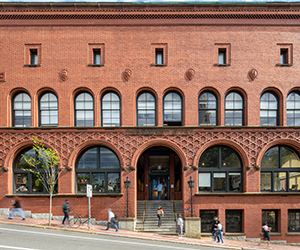
Where: Waterman Building at 13 Waterman Street
Originally, the Waterman Building (1893) housed all of RISD, with the Museum on the ground and 1st floor. Although more galleries were added in 1897, and the Museum expanded to the Pendleton House in 1906, the Museum kept space in the Waterman Building through the 1940's.
In 1937 RISD faculty member and alumni, Edna Lawrence, founded the Nature Lab to “open students’ eyes to the marvels of beauty in nature...of forms, space, color, texture, design and structure.” Today, the Nature Lab continues to offer unmediated access to authentic natural history specimens, while also fostering creative inquiry into biodesign, ecology, and the climate crisis. High-end microscopes, high-speed cameras, and other advanced imaging systems give members of the RISD community access to living and non-living specimens at multiple scales and provide an engaging platform for examining myriad connections between artistic and scientific study.
Woods-Gerry
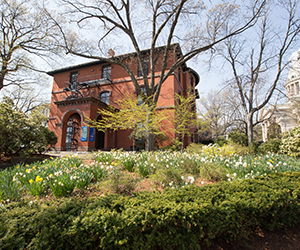
Where: 62 Prospect Street
This historic mansion was designed by Richard Upjohn and built in 1860 for Dr. and Mrs. Marshall Woods. It is the largest surviving 19th-century house in Providence and currently houses the Admissions Office for RISD and The Woods-Gerry Gallery.
The Woods-Gerry Gallery located on the first floor is the primary exhibition space for undergraduates. The fall and winter exhibit schedule showcases departmental exhibitions and the spring semester has senior exhibitions that rotate weekly. Guests can view the work in the gallery and take in a view of the changing Providence skyline.
Header image and Waterman Building by George Gray

